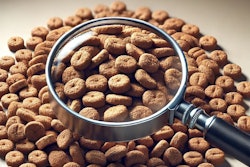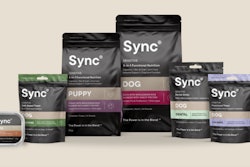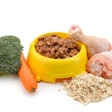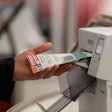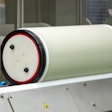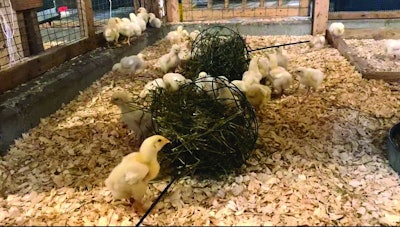
Installing enrichment devices in the poultry house is an opportunity to improve animal welfare, and it can bring economic benefits for producers.
Enrichment devices encourage animals’ natural behavior; in other words, poultry have “activities they want to do, need to do and like to do,” said Leonie Jacobs, associate professor, poultry welfare, School of Animal Sciences, Virginia Tech University.
“If we raise them in environments that do not provide resources to express these behaviors, animal welfare is at risk. To draw a comparison, humans feel the need to keep clean, and resources to meet that need are access to water, soap and a shower. If we do not have access to those resources, that makes us uncomfortable, as our needs are not being met,” she added.
Benefits of enrichment
In addition to health benefits such as stress management and better gait, enrichment devices can also help prevent stereotypies. These repetitive, unwanted behaviors, such as pecking at each other, can lead to injuries and higher mortality, limiting the product that reaches the market.
“They get hurt, which can downgrade them. It can increase mortality, and ultimately that is money out of the producer’s pockets,” said Greg Fraley, professor, poultry science, Purdue University. “Ultimately, making happy birds produces a better product, which means better financial returns.”
Producers can also build consumer confidence and target customer segments that want to purchase higher welfare products by communicating their use of enrichments to the public.
Types of enrichment devices
There is a variety of different enrichment devices that can be used with poultry.
- Perches and platforms: Perches and platforms offer a raised structure on which birds can roost. Broilers specifically prefer platforms because, due to their body weight, they cannot balance on a perch. Allowing birds to climb and rest on an elevated platform can help them feel safe – decreasing stress – and promotes gait and leg strength, reducing incidence of lameness.
- Hiding structures: Installing structures that birds can hide under can also provide a sense of security and reduce stress.
- Substrates: Hay, straw bales and other substrates can satisfy birds’ natural desire to explore, forage and peck. Bales can also double as a platform. However, while straw bales are a good option for pecking and perching behavior, they cannot be cleaned and must be replaced periodically. They could also pose a biosecurity risk if it is unknown where exactly they came from or what biohazards they could contain.
- Dust baths: These give birds a chance to preen and bathe themselves, making them more comfortable and promoting healthier footpads, hocks and plumage.
There are many other enrichment device options including novel objects, water and lighting. Finding the perfect fit is all about knowing exactly what the flock needs.
How to implement enrichment and what to consider
One of the most important things to remember when choosing what enrichment devices to install is that enrichment is species-specific. From broilers to turkeys, researching the different natural behaviors of each species can narrow down what devices are best.
“If we overlook these differences, we risk installing enrichments that don’t get used, making them more about optics than impact,” said Katy Tarrant, associate professor, poultry science, California State University, Fresno.
Behavior can also change over time. For example, research shows that platform usage declines as birds age. So, observing how a flock reacts to enrichment devices and adapting them to better meet the birds’ needs can help growers take full advantage of the welfare benefits. Because of this, the best strategy is to install a variety of enrichment devices in a house to provide for as many behaviors as possible.
However, enrichment is not one and done. It is important to remember that all devices need to be maintained over time.
“That means any enrichment used needs to be easy to clean, structurally safe for both birds and workers, and designed to minimize moisture retention and weight gain over time,” said Tarrant. “We also consider practical factors like setup time, material durability and whether the enrichment actually gets used by birds throughout their growout cycle.”
Finding the best devices for a poultry house relies on knowing what fits the flock’s needs as well as what is safe and manageable for employees.
“It’s not free, and it does require additional labor and forethought,” she added. “But compared to other welfare interventions, it’s often less disruptive and more adaptable to existing systems.”
When it comes to taking on a new production expenditure, “cost is always a valid concern,” said Tarrant, and “producers are right to ask whether an investment in enrichment will deliver a measurable return.”

